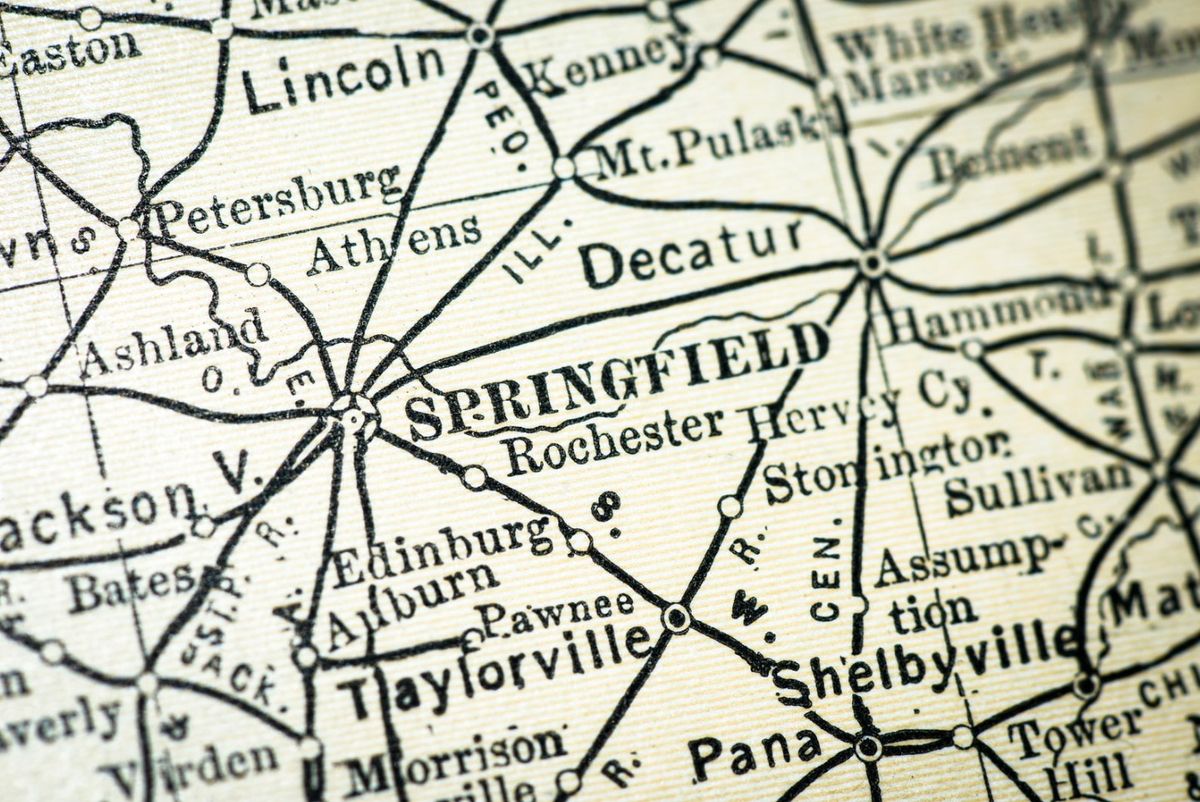Pritzker OKs legislative maps despite heavy criticism
Illinois Democrats have not yet voted on new congressional district boundaries, but with the state losing a House seat due to population loss, they are expected to remove a GOP-held district and try to make other districts more friendly to Democrats.

By JOHN O'CONNOR and SARA BURNETT | Associated Press
SPRINGFIELD, Ill. (AP) — Illinois Gov. J.B. Pritzker on Friday signed off on new electoral maps the Legislature will use for the next decade, despite concerns from certain groups, including some Black and Latino voters, that they weren't able to weigh in and wouldn't be fairly represented.
It was the second time Pritzker approved maps drawn up by his fellow Democrats despite promising as a candidate in 2018 that he would veto any made by politicians. He also signed an earlier version that Democrats approved in May but that critics said were flawed because they were based on population estimates. Democrats redrew them last month based on newly released census data and approved them along a straight party-line vote during a one-day special session Aug. 31.
"Gov. Pritzker's signing of the legislative maps sends a clear picture of the severity of his 'retrograde amnesia' and efforts to deceive Illinois citizens," House Republican Leader Jim Durkin of Western Springs said in a statement Friday. "The governor now joins the multitude of Democratic legislators who lied to voters by campaigning for and promising 'fair maps.'"
Republicans and a Latino civil rights group, the Mexican American Legal Defense and Educational Fund, have lawsuits pending in federal court in Chicago that seek to block the new maps from being used in elections. Lawyers for MALDEF say the maps violate the federal Voting Rights Act because they created fewer districts where Latinos of voting age make up a majority, despite Latinos making up a greater percentage of the state's population than they did a decade ago.
Pritzker claimed otherwise.
"These legislative maps align with the landmark Voting Rights Act and will help ensure Illinois' diversity is reflected in the halls of government," Pritzker said in a prepared statement.
The United Congress of Community and Religious Organizations, which says it works toward the "equitable advancement of marginalized communities," argued that the new maps "weaken the voting power of Black and Latino community members and largely ignore Asian American and Arab American communities."
CHANGE Illinois, which works for an independent map-drawing process, noted that the Latino groups that have filed lawsuits argue that Latino power is diluted, that Black activists said the map doesn't create enough Black majority voting age districts, and that Jewish communities on Chicago's north side and north suburbs have been split.
"Despite all of this, and despite repeated claims that he wanted maps that accurately reflect the state's rich diversity, Pritzker chose party fealty over the people of Illinois," CHANGE Illinois Executive Director Madeleine Doubek said.
Pritzker's defense is that as a candidate in 2018, he favored creation of an independent commission, and when Democrats holding complete control of state government didn't do that, lawmakers faced a June 30 deadline to complete the map. But June 30 was simply the date Democrats would have lost control of the process.
At that point, it would have been up to a bipartisan commission of equal numbers of Democrats and Republicans — the process critics want a federal judge to put into action. Democrats call this the real political process and want to avoid it because, among other reasons, a ninth member would be picked at random to break any tie votes — potentially giving the final say to the GOP.
"Rarely do politicians get the chance to break a campaign promise twice," said Illinois Senate Republican Leader Dan McConchie of Hawthorn Woods. "I am deeply disappointed that Gov. Pritzker has turned his back on the many minority organizations that have asked him to protect their voting rights outlined in the Constitution and Voting Rights Act by vetoing this gerrymandered map."
Political maps must be redrawn every 10 years after each census to reflect changes in population and ensure the protection of voters' rights. The districts must be compact, contiguous and of equal population, among other things.
Illinois Democrats have not yet voted on new congressional district boundaries, but with the state losing a House seat due to population loss, they are expected to remove a GOP-held district and try to make other districts more friendly to Democrats.
Burnett reported from Chicago.





